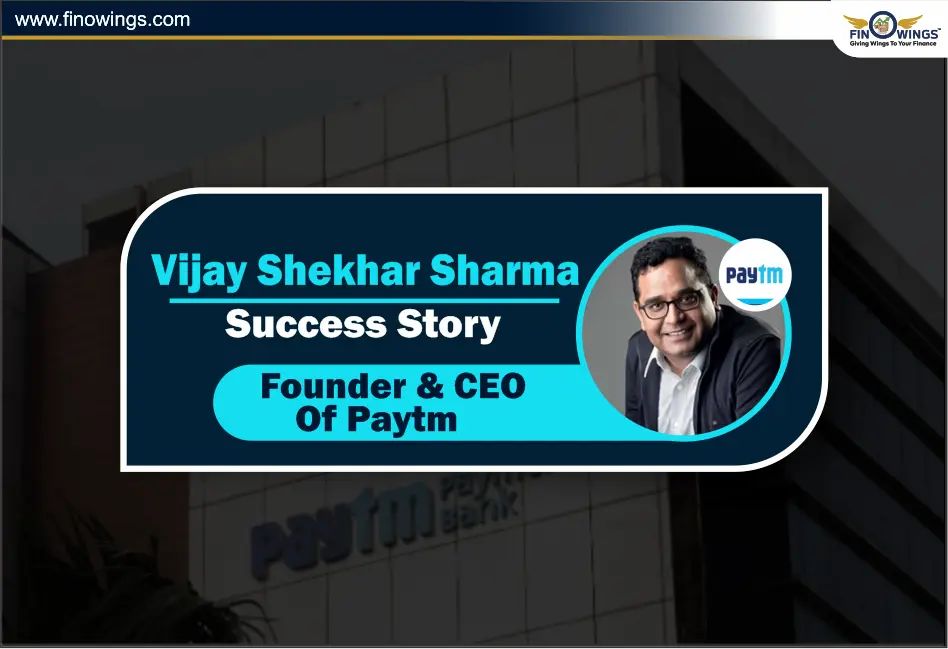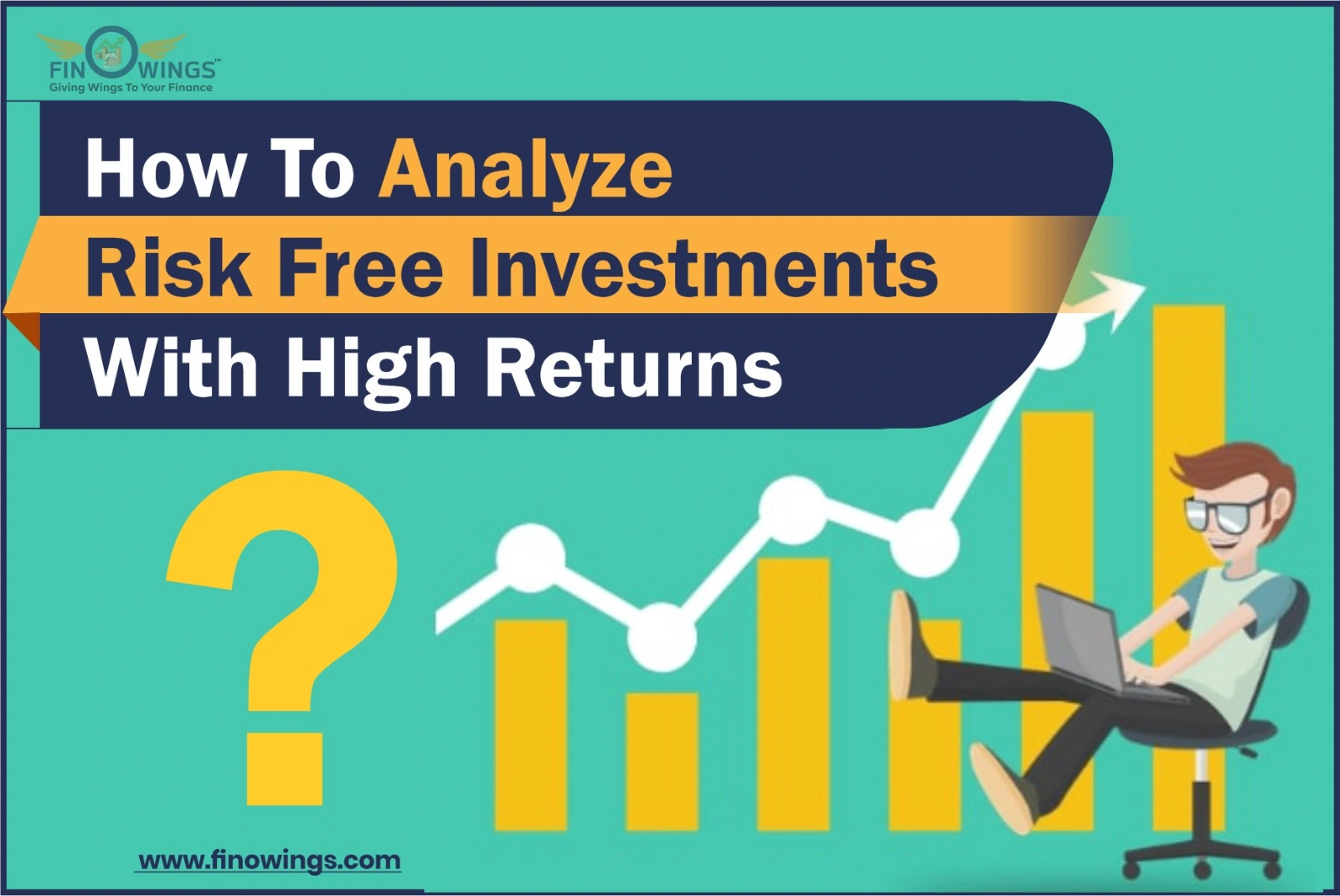Home >> Blog >> Lumpsum Vs STP: Which is Better Long-Term Investment?
Lumpsum Vs STP: Which is Better Long-Term Investment?

Table of Contents
Introduction to Investment Strategies
This article gives an overview of different investment strategies that can help you make better decisions when it comes to investing. It is important to note that investing can sometimes be very complicated especially during a time like now when the market is at its peak and so what approach should one take?is this the right time for me to go all in with my money or are there other better methods? The following two commonly used strategies will be discussed; Systematic Transfer Plan (STP) and lump sum investment.
Lump Sum Investment
Lumpsum investment refers to putting all your eggs into one basket i.e.; making huge investments at once. For example, if you have 5/10/50 lakh rupees then instead of distributing it over a longer period of time, you may consider investing everything in a single shot. But this way is risky because if the market has reached its peak and it seems likely that there will be some downturns soon then all these investments could suffer from losses due to being overexposed.
When you invest your entire amount as one lump-sum then each penny becomes susceptible to any fluctuations happening within the markets hence subjecting such stocks to higher vulnerability whenever there’s a drop in share prices leading to potential loss for investors.
What is Systematic Transfer Plan (STP)?
A systematic transfer plan (STP) is an investment strategy where fixed amounts of money are moved from one fund to another on regular basis. SIP transfers funds from bank account into mutual but STP moves between different funds house held by same company i.e., within itself.
So for instance today I decide that I want invest 5 lakhs in debt fund tomorrow money will be transferred there and then some specific amount every month will also keep changing depending upon which equity scheme am interested most at any given point. This way what happens essentially is averaging out costs purchase while controlling volatility associated with stock markets since they always fluctuate up & down.
Advantages of STP Over Lump Sum Investment
In volatile markets like these where everything seems uncertain now more than ever people need to know about good ways of investing and saving their money. This part will feature some key points why should one choose system transfer plans over other types such as lumpsum investments:
• Reduces risk
• Cost Averaging
• Better returns
Detailed Video
Let’s go through each point in more details;
Reduce Risk:
When you put money into various funds within same fund house this means only part of your savings is exposed at different times which in turn lowers vulnerability towards market fluctuation thus reducing chances for losing too much due sudden falls or rises happening all over share prices’ index.
Cost Averaging:
Another advantage associated with STPs has do its purchase cost averaging benefits realized through them. When an investor subscribes units during low periods then continues doing so even when things are high automatically brings about average investment price been brought down hence lessening effects caused by instability tied up with financial markets which may result into losses being incurred on investments made there under those conditions.
Better Returns:
Lastly, considering I could potentially get more returns from my portfolio if I opt for systematic transfer plans rather than going through lump sums only once. Since we know that during such tough economic times it becomes difficult predicting what will happen next; therefore utilizing this strategy makes sense because even if things don’t work out now they might turn around later especially when considering how long does it take to recover from a bear market?Choosing the Right Debt Fund for STP
When you choose STP, make sure to select the right debt fund. The most recommended is an ultra-short-term debt fund because it does not usually have an exit load which means that money can be transferred without any additional cost being incurred. These funds also provide stable returns of around 6-6.5% over six months.
Market Recovery and STP Performance
In a recovering market, STP may outperform lump sum investment by a wide margin. As the market moves up, so does NAV and the units accumulated during downfall appreciate in value thus yielding more return than would be achieved from a lumpsum investment which may only break even after the market recovers.
For example if NAV increases from Rs.14 to Rs.20 in three months, then units accumulated through STP at lower average price will give higher returns.
Long-Term Vision and Investment
While both STPs and Lump Sums can give returns over long term but one has to understand market scenarios and choose right strategy. In case of volatile markets, doing SIP might give better risk adjusted return than STP; however lump sum investments could also perform well when there is continuous rise in market prices.
Conclusion
Investing in stock exchange involves taking into account different elements such as current situation of affairs within financial markets; one’s ability or willingness to accept risk; period before maturity among others. Instead of putting all eggs in basket at once, it would be wiser for someone to adopt Systematic Transfer Plan as this will lead them towards reducing their exposure levels while still maximizing potential rewards especially during turbulent periods characterized by high volatilities.
Frequently Asked Questions
STP stands for systematic transfer plan where fixed amount gets shifted periodically from one scheme/fund category (liquid) into another scheme/fund category (equity).
Unlike SIP which transfers money directly from your bank account into fund(s), STP involves moving money between schemes (funds) within same asset management company.
STP helps one to reduce risk, handle volatility better and achieve cost efficiency while investing in capital markets.
One should go for an ultra-short duration debt scheme as long-term ones may have exit loads which would eat up much on returns during frequent transfers.
Yes it can, especially when markets are turbulent or bearish. It enables investors buy at lower prices thereby benefiting from short term recoveries while still taking advantage of long term uptrends.
Yes, but most useful during extreme market conditions where risks need be managed actively over extended periods.












.webp)







